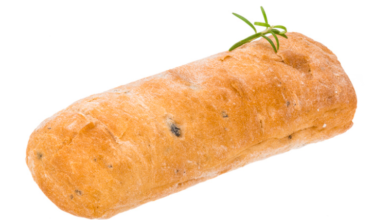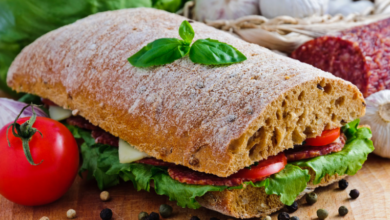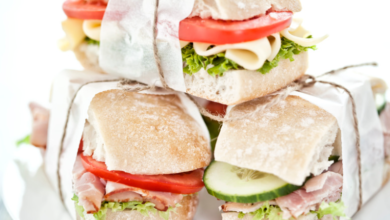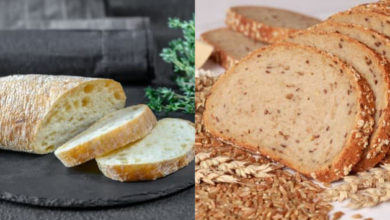Why is my ciabatta so dense? This isn’t how it’s supposed to be!
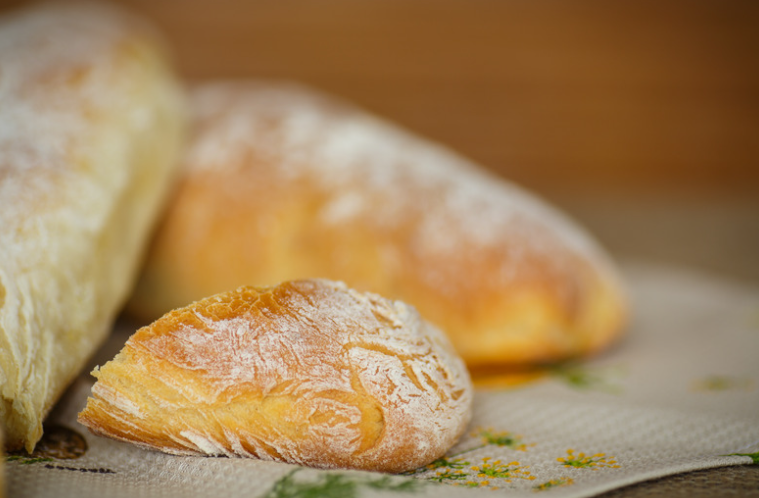
What To Know
- Bake your ciabatta at a temperature of around 450°F (230°C) for the first 10-15 minutes, then reduce the temperature to 400°F (200°C) for the remaining baking time.
- However, allowing the bread to cool completely on a wire rack prevents the steam from escaping too quickly, which can cause the crumb to collapse and become dense.
- Storing ciabatta in a plastic bag or airtight container can trap moisture and make the bread soggy and dense.
Ciabatta, an Italian bread renowned for its airy, open crumb and crispy crust, can sometimes turn out dense and disappointing. If you’ve faced this conundrum, you’re not alone. This blog post will delve into the intricate factors that can lead to dense ciabatta and provide actionable solutions to help you achieve the perfect loaf.
Insufficient Proofing
Proofing is a crucial step in the bread-making process that allows the yeast to ferment and create carbon dioxide gas. Insufficient proofing prevents the dough from fully developing, resulting in a dense and compact crumb. Ensure your dough proofs for an adequate amount of time, typically 12-18 hours in the refrigerator.
Over-Kneading
While kneading is essential for developing gluten, over-kneading can toughen the dough and hinder the formation of air pockets. Aim to knead just until the dough comes together and becomes smooth and elastic. Avoid overworking it.
Incorrect Hydration Level
The hydration level of ciabatta dough is higher than that of other bread types, typically around 70-80%. Too little hydration will result in a dry, dense crumb, while too much hydration can make the dough sticky and difficult to handle. Adjust the hydration level according to the flour you’re using and the desired crumb consistency.
Inadequate Autolysis
Autolysis is a technique where the flour and water are mixed and allowed to rest for 30-60 minutes before adding the yeast. This allows the flour to absorb the water, developing the gluten network and making the dough more extensible. Skipping autolysis can contribute to a dense crumb.
Incorrect Baking Temperature
Ciabatta requires a high initial baking temperature to create steam, which helps expand the dough and create the characteristic open crumb. Bake your ciabatta at a temperature of around 450°F (230°C) for the first 10-15 minutes, then reduce the temperature to 400°F (200°C) for the remaining baking time.
Rushed Cooling
After baking, it’s tempting to immediately cut into your ciabatta. However, allowing the bread to cool completely on a wire rack prevents the steam from escaping too quickly, which can cause the crumb to collapse and become dense.
Improper Storage
Storing ciabatta in a plastic bag or airtight container can trap moisture and make the bread soggy and dense. Store your ciabatta in a paper bag or bread box to allow air circulation and prevent it from drying out.
In a nutshell: Achieving Ciabatta Perfection
Mastering the art of ciabatta breadmaking requires patience, precision, and an understanding of the underlying principles. By addressing the factors outlined above, you can create light, airy, and delicious ciabatta that will impress your family and friends. Remember, the pursuit of the perfect loaf is an ongoing journey, but with each attempt, you’ll come closer to unlocking the secrets of this iconic Italian bread.
Basics You Wanted To Know
Q1: Can I use bread flour instead of all-purpose flour for ciabatta?
A: Yes, bread flour has a higher protein content, which can contribute to a more open crumb. However, it’s not essential and can be substituted with all-purpose flour.
Q2: How do I know if my ciabatta dough is adequately proofed?
A: Gently poke the dough with your finger. If the indentation springs back slowly, it’s ready for baking.
Q3: Can I bake ciabatta in a loaf pan?
A: Yes, but you’ll miss out on the distinctive flat, rustic shape and open crumb structure.

